1. Navajo Rugs

Original Navajo rugs from the 19th and early 20th century often sell higher if they’re frayed, faded, or even with holes. This is because restoration can introduce modern dyes or yarns that reduce authenticity. Collectors want to see the genuine wool, natural pigments, and signs of real age. Even worn edges tell them it hasn’t been tampered with.
Some dealers will actually caution against patching or reweaving these rugs. A bit of damage proves the piece’s journey across generations. The imperfect surface is evidence of the artisan’s original handwork, rather than a restorer’s interpretation. That rawness is exactly what makes them museum-worthy.
2. Levi’s 501 Jeans
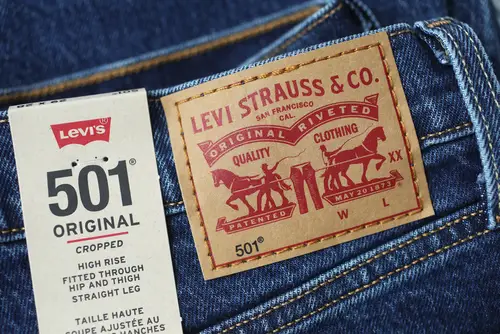
Collectors will actually pay more for Levi’s 501 jeans when they’re naturally distressed, ripped, or patched. The wear tells a story of real use, especially pairs from the 1940s–1960s, which can fetch thousands in auction. Denim enthusiasts love whiskering, fades, and holes that happen from actual wear rather than modern reproduction. Trying to restore or repair them often strips away that authenticity.
The market sees vintage Levi’s as a kind of denim “time capsule.” A pair with paint splatters from a factory worker or shredded knees from decades of wear is considered more unique than a clean, repaired pair. Even Japanese denim collectors, who are some of the most discerning buyers, actively seek out heavy fading and damage. In their eyes, imperfection is where the value lies.
3. Fender Stratocaster Guitars
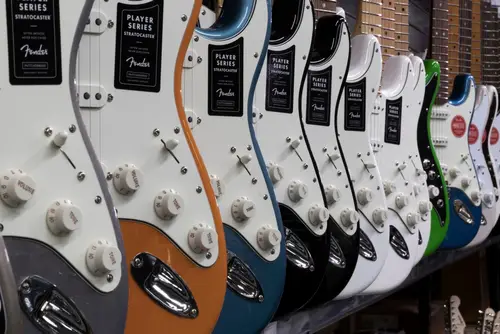
Vintage Fender Stratocasters from the 1950s–70s often sell higher with chipped paint, worn frets, and dings. Musicians call this “relic” condition, and it’s not just aesthetics—it suggests the guitar has been played, broken in, and has “soul.” Original finish, no matter how scratched, is prized over refinishing. A shiny restored Strat loses its connection to history.
Collectors and players alike value the “mojo” that comes from decades of gigs and handling. Even cigarette burns on the headstock or buckle rash on the back are considered badges of honor. A refinished Strat might drop by thousands in resale value. In this market, the scars make the guitar more desirable.
4. Persian Ceramics

Persian ceramics from the medieval period can command higher prices with chips, cracks, and missing glaze. Scholars and collectors often see these flaws as proof of age and originality. Restorations can introduce modern materials that alter the piece and reduce its credibility. A visibly damaged bowl can actually be more trusted than a “perfect-looking” restored one.
The cracks also provide valuable data to archaeologists studying how these ceramics aged. Collectors enjoy the sense of fragility, knowing the piece survived centuries despite its flaws. Some even say the imperfections give the ceramic personality. Restoration risks rewriting that story, which drives buyers toward the damaged examples.
5. WWI Helmets
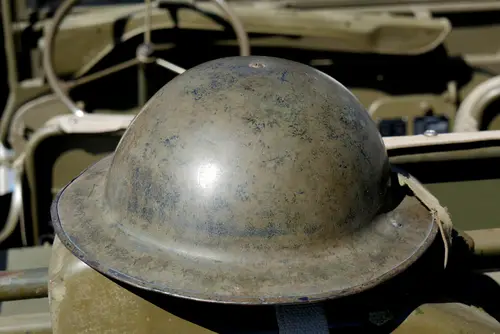
World War I helmets, especially German Pickelhaubes or British Brodies, often fetch more when they retain dents, rust, and battle damage. Collectors want battlefield authenticity, not a polished museum piece. Evidence of shrapnel or wear confirms its use in combat. Once restored, helmets lose that powerful link to history.
A dented, scratched helmet tells a personal story of survival or sacrifice. That narrative appeals more strongly to military collectors than a restored, repainted example. Even rust is tolerated as long as the piece remains structurally intact. The roughness becomes the very proof of its historic importance.
6. Eames Lounge Chairs

Early Eames lounge chairs from the 1950s and 60s often sell higher with visible leather cracking and patina. Collectors see these flaws as proof the chair is original, not a reupholstered reproduction. Restoring with new leather actually lowers its value significantly. The market pays a premium for chairs in “lived-in” condition.
The walnut or rosewood veneer often shows scratches or fading, which buyers accept as part of its journey. These marks distinguish authentic early production from later reissues. A chair with wear but untouched originality can double the price of a “restored” one. Patina is basically the passport of mid-century furniture.
7. Rolex Submariners
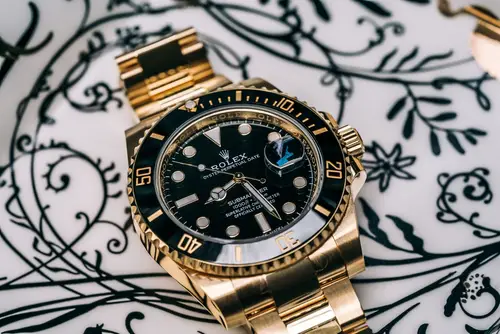
Vintage Rolex Submariners are a textbook case where damage boosts value. Collectors love “tropical dials,” where sun damage fades the black dial to shades of brown. To a casual buyer, that might look like a flaw. But in auctions, these watches can sell for double the price of pristine versions.
Scratched bezels, faded numerals, and worn bracelets are also valued highly. These traits can’t be faked easily, and they prove the watch hasn’t been tampered with. Restoration, such as polishing the case, wipes away originality. The scars tell the story of decades spent on wrists, not in safes.
8. Civil War Photographs
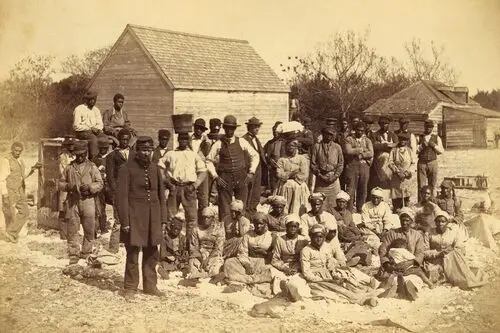
Original Civil War photographs often bring higher prices when they’re faded, cracked, or stained. Collectors know that untouched photos show their real age. Restored prints can look artificially modern and lose their historic feel. The damage itself becomes part of the artifact’s testimony.
An original carte de visite with foxing or creases feels authentic in a way a cleaned-up image never can. Buyers value the originality over cosmetic appeal. Restoration can even introduce doubts about whether the photo is original or altered. So ironically, the less “perfect” it looks, the higher the bidding goes.
9. Shaker Furniture
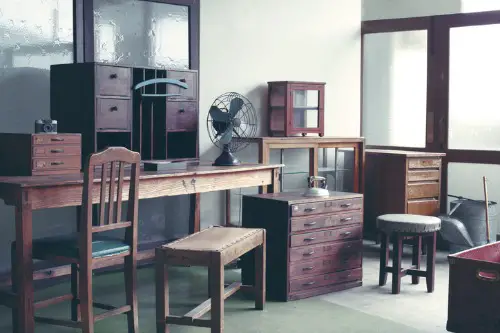
Shaker chairs and tables from the 19th century can actually command more with scratches, dents, and worn paint. Restoration risks replacing original finishes with modern substitutes. Collectors value seeing the “honest wear” of everyday life in Shaker communities. This kind of patina is central to authenticity.
Marks from daily use—like a polished spot where hands rested for decades—make the piece feel alive. Restored furniture looks sterile by comparison. Museums even prefer untouched Shaker pieces with blemishes intact. The less you interfere, the stronger the value.
10. Movie Posters

Vintage movie posters, especially pre-1940, often fetch higher in unrestored condition even if folded, torn, or faded. Restoration can hide original printing techniques or colors. Collectors want evidence of age, such as fold lines from when posters were shipped to theaters. These flaws confirm the piece’s history.
In fact, some grading systems actually penalize restoration more than natural damage. Buyers prefer “battle-worn” posters that hung in theaters rather than “perfect” looking ones. A crease across a rare horror poster might boost its appeal as a genuine survivor. Restoration often raises suspicion that something is being concealed.
11. First Edition Books

First edition books, especially from authors like Hemingway or Fitzgerald, can sell higher with worn dust jackets. Restoration often involves color touch-ups or jacket repair that diminishes originality. Collectors call this “condition sensitivity,” but they still prize authenticity over neatness. A scuffed, chipped dust jacket often beats a “restored” one in price.
The idea is that wear proves the book has actually been read and passed down. A restored copy can feel more like a forgery. Even loose bindings or foxed pages don’t scare off buyers if everything is original. In the book trade, originality always trumps cosmetic fixes.
12. Native American Pottery
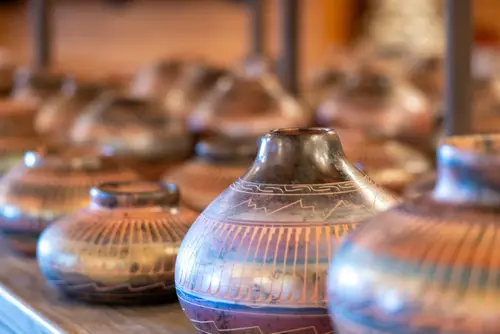
Pueblo or Hopi pottery can fetch higher prices with chips or cracks than when restored. Collectors dislike repairs because they often use visible modern adhesives. An untouched pot, even if imperfect, is more trustworthy. Its flaws tell a story of ceremonial or domestic use.
Damage shows it lived through real history, not hidden behind repair. Museums also prefer original surfaces without added filler or repaint. The chips and breaks are part of the artifact’s authenticity. In this category, restoration usually lowers both trust and price.
13. Vinyl Records

Collectors sometimes pay more for first pressings of vinyl records even if the covers are worn or split. Restoration, like replacing sleeves or repairing covers, can actually hurt value. What matters most is originality and the fact that the record hasn’t been tampered with. Even ring wear on a Beatles or Blue Note LP can make it more desirable than a “cleaned up” copy.
Buyers in the vinyl world want provenance more than perfection. A scuffed cover with the original sticker can beat a restored one with replacements. The grooves themselves may still play fine despite cosmetic flaws. Authenticity is the currency here, and damage often proves it.
14. Antique Quilts
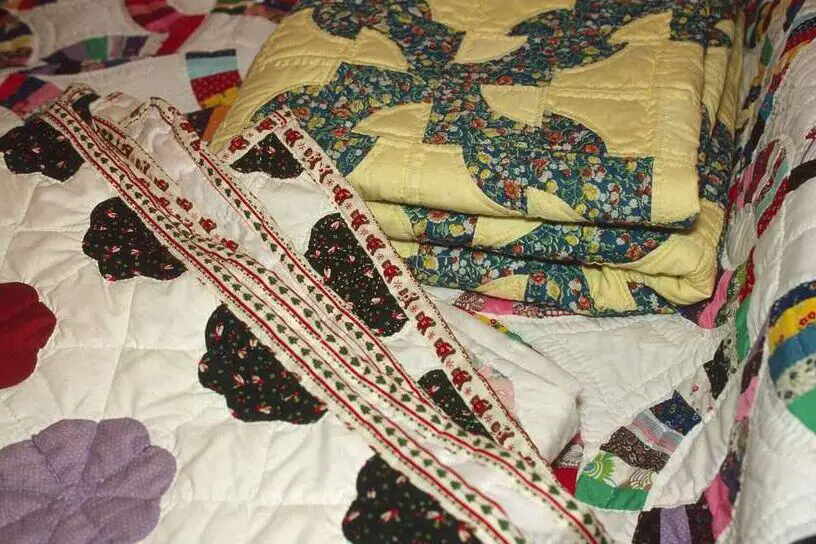
Antique quilts from the 19th century often sell higher if they have frayed edges or faded colors. Restoration usually involves adding new fabrics that compromise historical integrity. Collectors prefer to see the original stitches, even if some areas are worn thin. It proves the quilt is untouched.
A faded quilt shows its journey through sunlight and washing over decades. The wear speaks to how families actually used it, not stored it away. Museums warn against “restoring” because it erases that daily history. A quilt with scars is simply more real—and therefore more valuable.
This post 14 Vintage Pieces That Sell Higher Damaged Than Restored was first published on Greenhouse Black.
